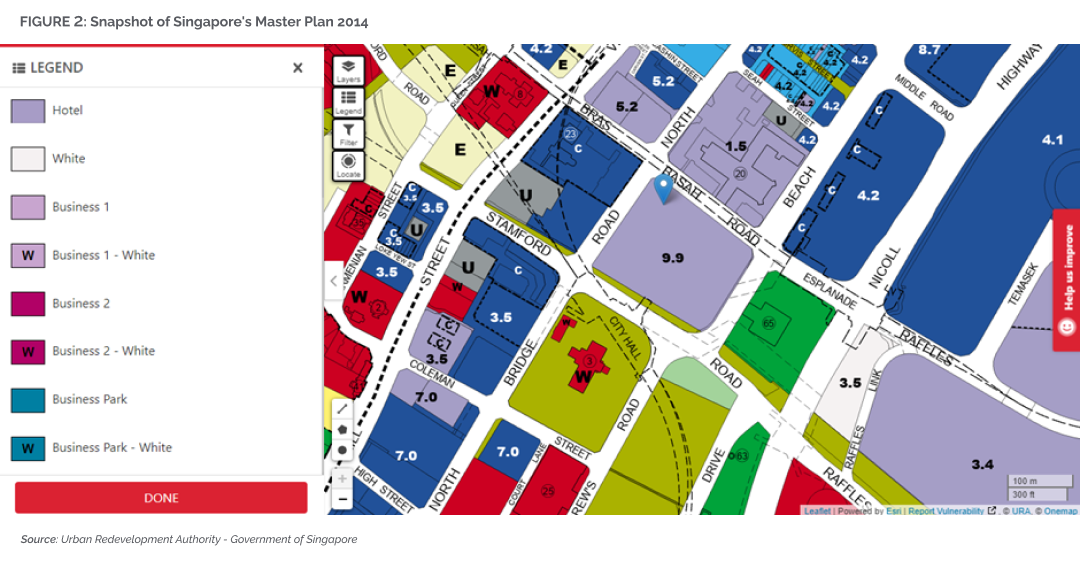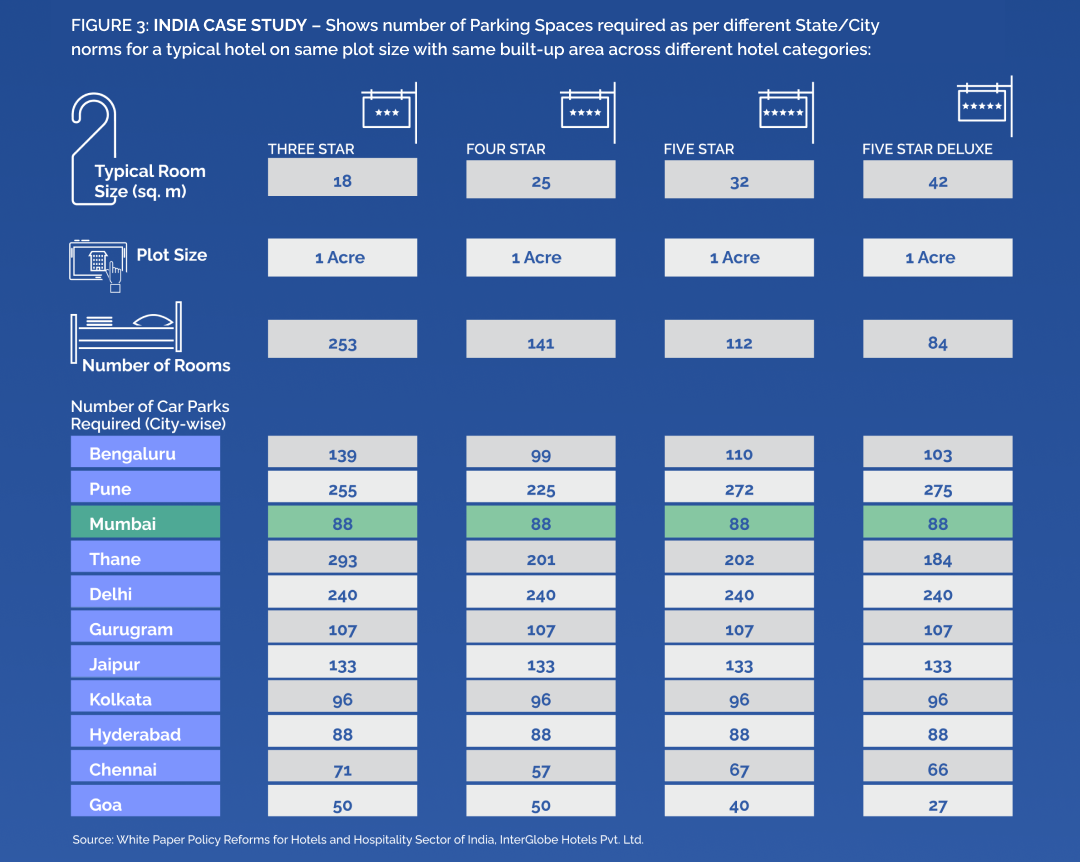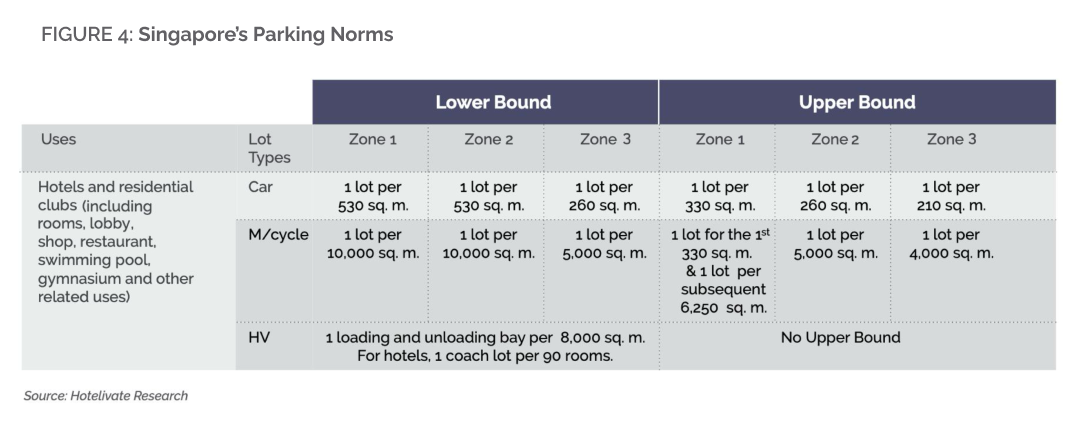Key Policy Issues for the Indian Hospitality Industry: Part 1
In the last few years, India’s tourism industry has seen significant growth and development. According to the latest World Economic Forum’s Travel & Tourism Development Index, India’s global rank has improved from 54 to 39. Despite India’s growing reputation as a tourist destination, the country lacks the required hospitality infrastructure to support and drive tourism demand. Sadly, key issues highlighted in whitepapers written for the Hospitality and Tourism Industry in 2001 remain relevant even today. Policy reforms, tweaks and revisions are the need of the hour to ensure that the hospitality sector grows and contributes to India’s economy, while continuing to attract investments.
Hotelivate, in collaboration with World Travel & Tourism Council – India Initiative, has published ‘Policy Reforms: A Roadmap to Boost the Indian Tourism Industry’ to highlight relevant subjects that require the attention of the Central and State Governments. This whitepaper aims to inspire policy reforms that address longstanding challenges and leverage India’s tourism potential more effectively. This article is an ode to the whitepaper and draws the spotlight on one of the most important topics covered in the whitepaper: Building Bye-Laws and Construction Norms.
Floor Space Index (FSI) / Floor Area Ratio (FAR) & Setback Norms
When it comes to these norms, most states include hotels under the heading of ‘commercial establishments’. As assets, hotels exert far less pressure on a neighbourhood as commercial and residential developments tend to have essentially permanent residents. Moreover, a large proportion of constructed area in a hotel is consumed by service areas. This makes the application of identical norms for hotels and commercial establishments unreasonable, especially for Budget to Midmarket hotel that try to maximise inventory to offset a lower average room rate. As an exception, Mumbai allows hotels projects to have a higher FSI compared to commercial developments. Furthermore, building height norms are influenced by setback norms which limits the utilisation of the land parcel’s potential.

Singapore’s Master Plan demonstrates best practices in urban planning worldwide. It maps out land use, Gross Plot Ratio (Gross Plot Area x Site Area = Gross Floor Area), height restrictions, and other regulatory parameters for every plot in the country (please see Figure 2 below). It is pertinent to note how the Master Plan treats hotels as an individual category.

Hotel projects must be treated differently from commercial developments when allocating FSI. Additionally, competitive norms should be established that carefully consider FSI norms, setback regulations, and height restrictions.
Parking Norms
When hotel developments are categorised as ‘commercial establishments’, they have to adhere to stringent parking regulations that are typically applicable to commercial buildings. This is especially challenging for hotels in densely populated areas, that may have limited space for parking facilities due to their central location or compact design. In some cities, parking requirements for hotels are based on room count or total built-up area. This often results in expensive obligations that may not accurately reflect the actual parking requirement of guests.

Unlike India’s rigid and blanket approach to parking requirements, Singapore adopts a more dynamic method. Singapore’s parking requirement is not only linked to the project’s total built-up area but also has an upper and lower limit of car parks depending on the respective zone. This effective technique indirectly considers the location of the hotel. Singapore has also created zones from 1 to 3 (mentioned below in Figure 4) with Zone 1 being a highly congested area and Zone 3 being the least. These zones determine the upper and lower limit of number of parking spaces that may be built based on the built-up area. This also encourages citizens to use public transport and helps in reducing congestion and pollution significantly.

Singapore’s approach should be considered as a benchmark and therefore, parking spaces in India should not be linked to the number of rooms in a hotel. Additionally, parking on stilt floors consumes FSI and affects the setback area. This drives developers to opt for basement parking, which is significantly more expensive to construct, to adhere to the unreasonable parking norms. States should consider allowing parking spaces to be accommodated on stilt floors above ground without imposing additional setback requirements due to the increased height of the building.
Green Norms
With growing concern over pollution, India has increasingly focused on green buildings as an effective solution. In 2003, green buildings comprised 1,858 m² of development. This figure had grown to 1.8 million m² by 2014. In 2023, India achieved global recognition, ranking third worldwide for Leadership in Energy and Environmental Design (LEED) certified green buildings and spaces. Currently, the country boasts 248 certified green projects, encompassing nearly 7.23 million gross m².

However, India currently lacks specific green building norms for the hotel industry. Instead, the construction of green hotels is guided by a mix of State Bye-laws, the Energy Conservation Building Code, and voluntary rating programs like LEED. A unified body should be formed in the long run, possibly in collaboration with a private Rating Agency, in order to create a uniform Green Building Code for projects across the country. States should also provide competitive advantages to developers who implement these standards.
In next week’s article we will discuss some other key issues in the present policy framework. You can access the complete whitepaper here.
For more information, please contact Trisha Suvarna at [email protected]

